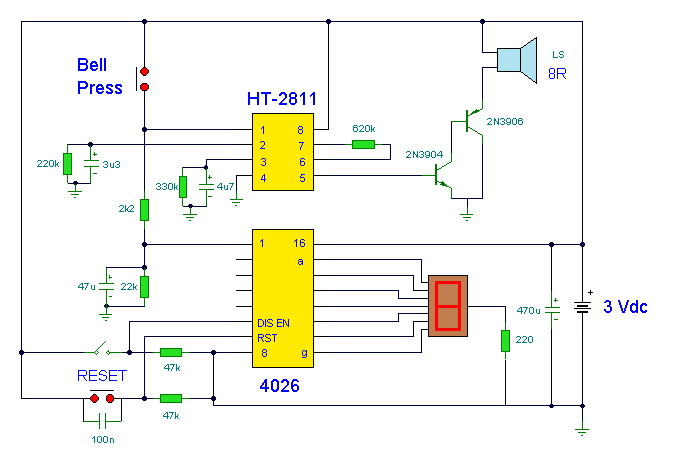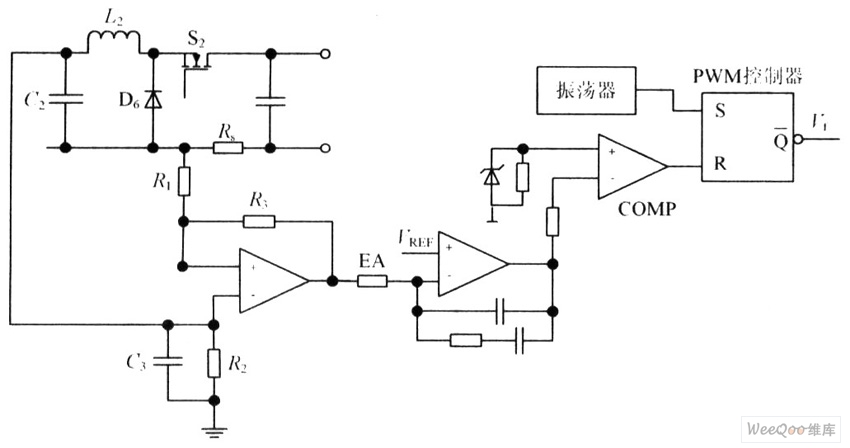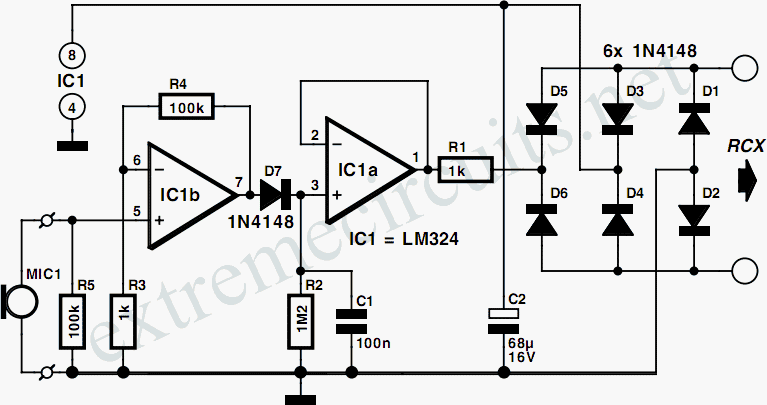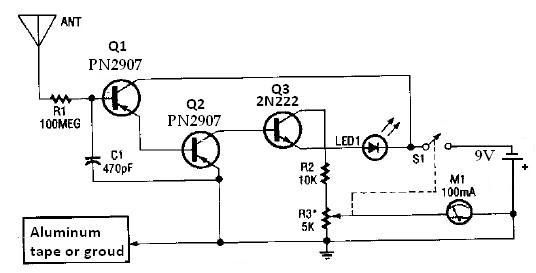
Electronic Tachometer
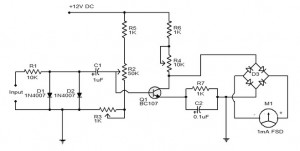
The electronic tachometer frequency converter circuit operates by converting the input signal into a proportional current that can be measured by a pointer device.
The electronic tachometer frequency converter circuit is designed to accurately measure the rotational speed of a mechanical system by converting an input signal—typically derived from a rotating shaft—into a proportional output current. This output current is then utilized to drive a pointer device, such as a galvanometer or an analog meter, which visually indicates the speed of rotation.
The circuit generally consists of several key components, including a sensor to detect the rotational speed, an analog-to-digital converter (ADC) for signal processing, and an operational amplifier (op-amp) to amplify the resulting current signal. The sensor may be a Hall effect sensor or a photoelectric sensor, which generates a pulse signal corresponding to the rotational speed.
The input signal is fed into the ADC, which converts the analog signal into a digital format for processing. The conversion process is crucial for accurate speed measurement, as it allows for precise calculations based on the input frequency. The processed signal is then sent to the op-amp, which amplifies the current to a level suitable for driving the pointer device.
The output current is designed to be linear with respect to the input frequency, ensuring that the pointer device provides an accurate and proportional representation of the rotational speed. The calibration of the circuit is essential to ensure that the readings are precise and reliable, often requiring adjustment based on the specific application and sensor characteristics.
Overall, this circuit is widely used in various applications, including automotive engines, industrial machinery, and any system where monitoring rotational speed is critical for performance and safety.The basis of the electronic tachometer frequency converter circuit-current, which converts the input signal into a proportional current measured pointer device 🔗 External reference
The electronic tachometer frequency converter circuit is designed to accurately measure the rotational speed of a mechanical system by converting an input signal—typically derived from a rotating shaft—into a proportional output current. This output current is then utilized to drive a pointer device, such as a galvanometer or an analog meter, which visually indicates the speed of rotation.
The circuit generally consists of several key components, including a sensor to detect the rotational speed, an analog-to-digital converter (ADC) for signal processing, and an operational amplifier (op-amp) to amplify the resulting current signal. The sensor may be a Hall effect sensor or a photoelectric sensor, which generates a pulse signal corresponding to the rotational speed.
The input signal is fed into the ADC, which converts the analog signal into a digital format for processing. The conversion process is crucial for accurate speed measurement, as it allows for precise calculations based on the input frequency. The processed signal is then sent to the op-amp, which amplifies the current to a level suitable for driving the pointer device.
The output current is designed to be linear with respect to the input frequency, ensuring that the pointer device provides an accurate and proportional representation of the rotational speed. The calibration of the circuit is essential to ensure that the readings are precise and reliable, often requiring adjustment based on the specific application and sensor characteristics.
Overall, this circuit is widely used in various applications, including automotive engines, industrial machinery, and any system where monitoring rotational speed is critical for performance and safety.The basis of the electronic tachometer frequency converter circuit-current, which converts the input signal into a proportional current measured pointer device 🔗 External reference
